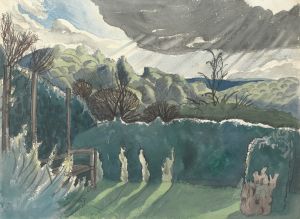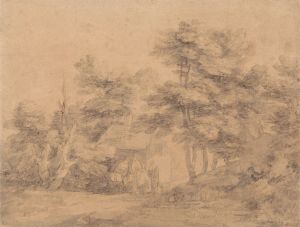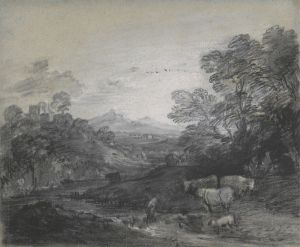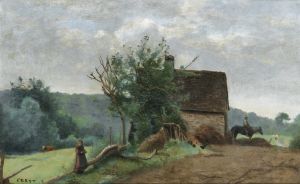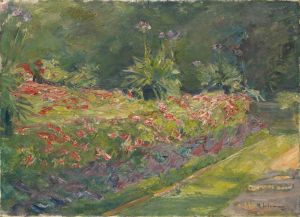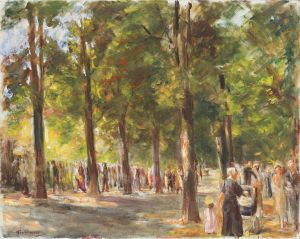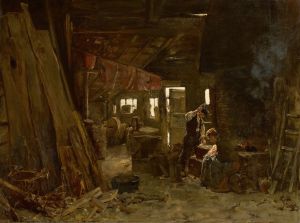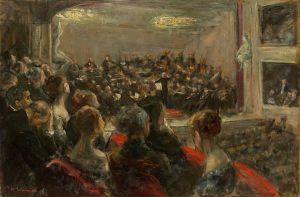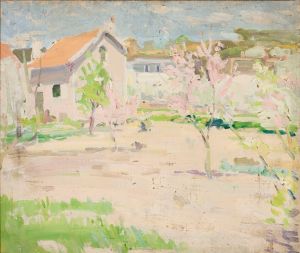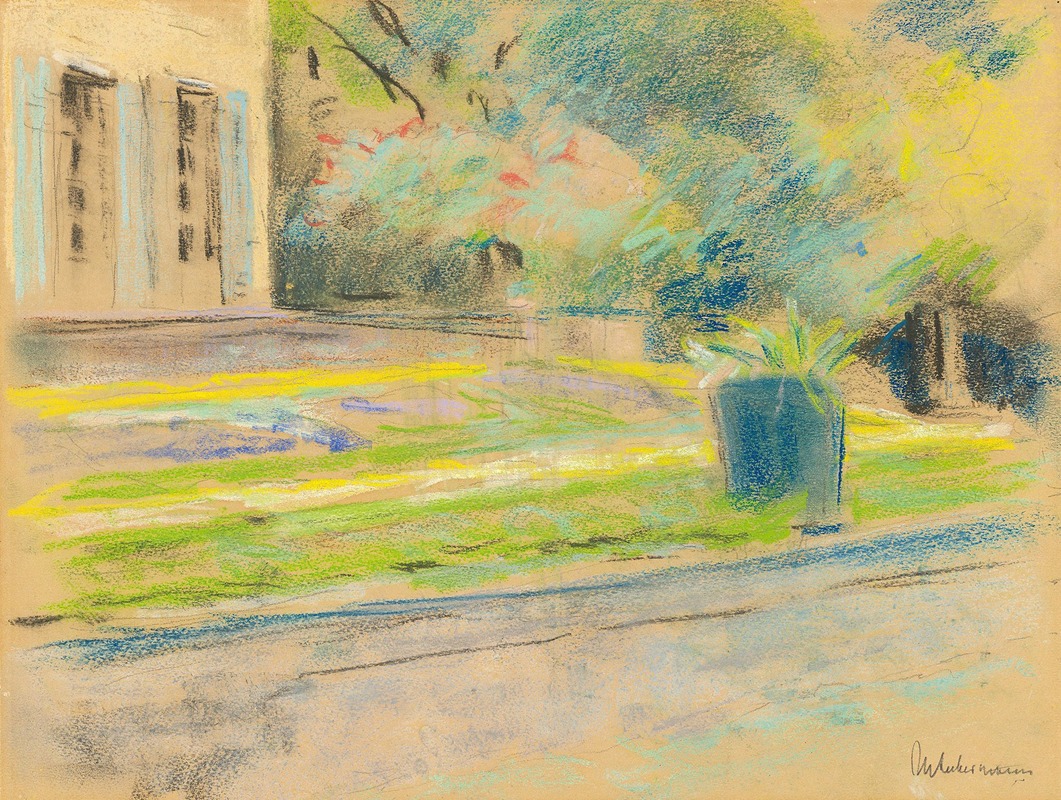
Die Blumenterrasse im Wannseegarten nach Nordwesten
A hand-painted replica of Max Liebermann’s masterpiece Die Blumenterrasse im Wannseegarten nach Nordwesten, meticulously crafted by professional artists to capture the true essence of the original. Each piece is created with museum-quality canvas and rare mineral pigments, carefully painted by experienced artists with delicate brushstrokes and rich, layered colors to perfectly recreate the texture of the original artwork. Unlike machine-printed reproductions, this hand-painted version brings the painting to life, infused with the artist’s emotions and skill in every stroke. Whether for personal collection or home decoration, it instantly elevates the artistic atmosphere of any space.
"Die Blumenterrasse im Wannseegarten nach Nordwesten" is a painting by the renowned German artist Max Liebermann, a leading figure in the Impressionist movement in Germany. Created in 1915, this artwork is part of a series of paintings Liebermann produced that depict the garden of his villa on the shores of Lake Wannsee in Berlin. The painting captures the vibrant and lush flower terrace of the garden, viewed towards the northwest, showcasing Liebermann's masterful use of color and light.
Max Liebermann was born on July 20, 1847, in Berlin, and he became one of the most influential artists in Germany during the late 19th and early 20th centuries. He was a pivotal figure in introducing Impressionism to Germany, and his work often focused on everyday scenes and landscapes, characterized by loose brushwork and a keen interest in the effects of light and atmosphere.
The Wannsee garden paintings are among Liebermann's most celebrated works. After purchasing the villa in 1909, Liebermann devoted much of his artistic energy to capturing the beauty of his garden, which became a central theme in his later work. The garden itself was meticulously designed, featuring a variety of flowers, trees, and carefully arranged terraces, which provided Liebermann with endless inspiration.
"Die Blumenterrasse im Wannseegarten nach Nordwesten" exemplifies Liebermann's mature style, where he skillfully blends elements of Impressionism with his own unique approach. The painting is noted for its vibrant palette and the way it captures the interplay of light and shadow across the garden. The composition leads the viewer's eye through the terrace, drawing attention to the rich textures and colors of the flowers, while the background hints at the serene expanse of Lake Wannsee.
Liebermann's work during this period reflects a sense of tranquility and harmony, perhaps a counterbalance to the turbulent times of World War I. Despite the war's impact on Europe, Liebermann's garden paintings convey a timeless beauty and a personal refuge from the external chaos.
Throughout his career, Liebermann was not only an artist but also an influential figure in the art world. He served as the president of the Prussian Academy of Arts from 1920 to 1932, advocating for modern art and supporting young artists. However, his career was significantly affected by the rise of the Nazi regime due to his Jewish heritage, leading to his resignation from the academy and a decline in his public presence.
Today, "Die Blumenterrasse im Wannseegarten nach Nordwesten" is appreciated for its artistic merit and historical significance. It stands as a testament to Liebermann's skill and his ability to capture the essence of his surroundings with sensitivity and precision. The painting is housed in various collections and continues to be studied and admired by art enthusiasts and historians alike, offering insight into the life and work of one of Germany's foremost Impressionist painters.





